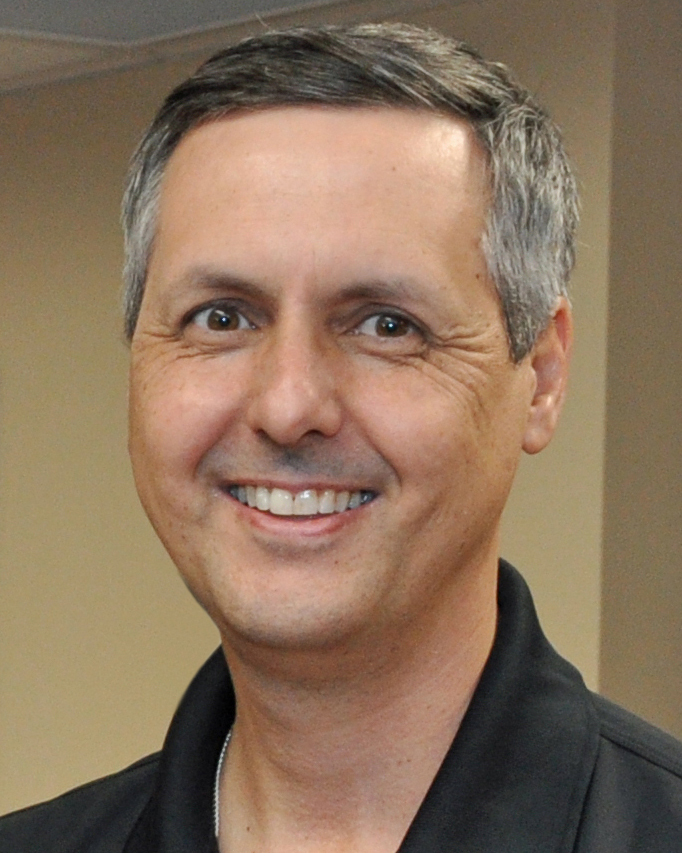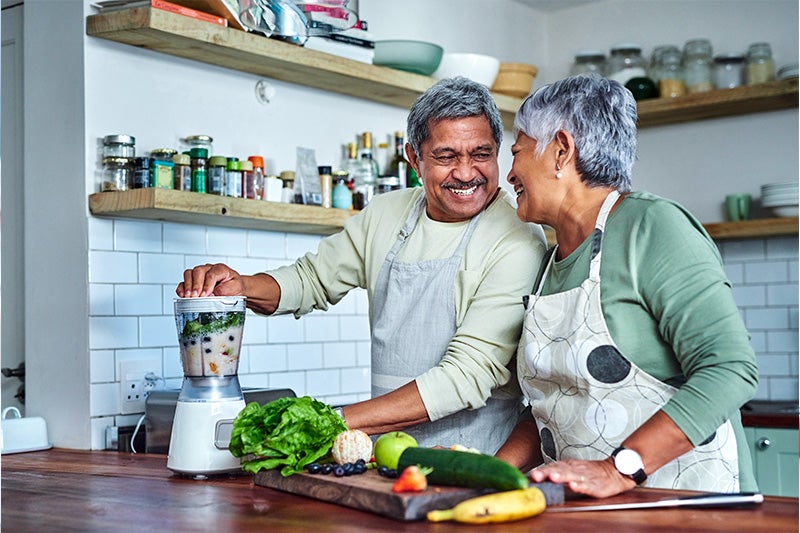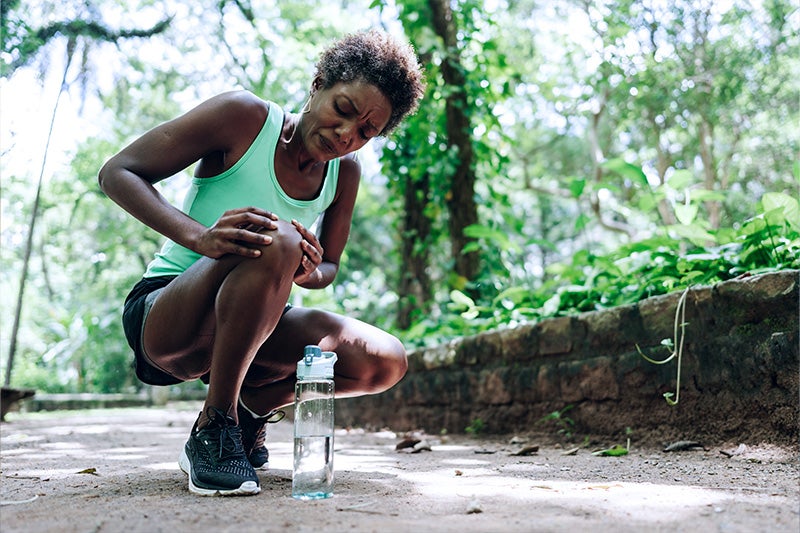If You’re Ready to Break Free From Smoking, St. Mary’s Is Here to Help
November 17, 2021
By: Olivia Kernels
Categories: Healthy Living
Commit to a smoke-free lifestyle.
Thursday, Nov. 18 marks the date of the Great American Smokeout. No, this is not a country-wide barbeque; rather, it is the first step to a healthier life for smokers. This day is meant to be an event which encourages smokers to commit to a smoke-free lifestyle and make a smoking cessation plan. The Great American Smokeout began in the 1970’s and has been held annually ever since due to its powerful effects on Americans’ attitudes about smoking.
An estimated 34 million Americans smoke cigarettes. Studies show that nicotine in cigarettes is one of the most deadly addictions a person can have. Yet for many people, quitting smoking is a challenge they cannot complete on their own. Thankfully there are many informative resources out there. For example, the American Cancer Society has many smoking cessation tools such as a 24/7 help line.
But nothing beats personal guidance from someone who has been there. St. Mary’s respiratory therapist Todd Drake is ready, willing and able to help.
Freedom is attainable

Todd leads St. Mary’s Freedom From Smoking classes. This is a course created by the American Lung Association and is the most effective smoking cessation class available. According to Todd, Freedom From Smoking works for many people because it is personalized to the individual and their specific needs and goals. To get a better understanding of the program and its powerful results, I interviewed two recent graduates as well as Todd himself.
As a former smoker, Todd understands the struggles of current smokers on a deep and personal level. Everyone knows it is not a walk in the park to quit smoking. Todd readily states that it took him around six tries to successfully quit. When I asked him what characteristics in a person increase or decrease the probability for cessation success, his answer was that the only single characteristic needed is desire.
When interviewing the graduates, something that stuck out to me the most was the idea that those who went through Freedom From Smoking found that the support within the group was a main motivator in smoking cessation. Todd’s class creates a culture of support which is not easily found when taking on the hard task of quitting smoking by yourself.
With the Great American Smokeout event coming up this Thursday, there is no better time to make a quitting plan and work towards a healthier way of life than right now.
A conversation with Todd
Q: Given how much we know about the damage caused by smoking, it seems unusual to find a respiratory therapist who used to smoke. What is your history with smoking?
A: I was raised in a Christian, tennis-playing family, but I started smoking at Georgia Southern University at a marching band party. I had tried it a few times earlier but it never stuck. This time it did. Many of the drummers at GSU smoked, so it seemed like the cool thing to do.
Q: How long have you been a non-smoker?
A: I have been tobacco/nicotine free for 14 years. It took about six quit attempts for me to be successful.
Q: What steps had you taken prior to stop smoking?
A: My older brother and I had competitions to see who could stop smoking the longest, had short term goals of fewer cigarettes per day, and time-frame goals during my quit attempts in the past.
Q: Why did they not work and what parts of these programs were useful?
A: Most of them were successful for a short time, but my own attempts were not in an organized program like Freedom from Smoking. I could have used the support, insights into why I smoked and help when the cravings struck.
Q: Are there particular characteristics of smokers that increase or decrease their likelihood for success?
A: The only single characteristic needed is desire.
Q: What are effective strategies for quitting and/or what is different about the Freedom from Smoking program that makes it better?
A: Freedom from Smoking individualizes the program to the person and their history of attempts. Just as important, it provides insights into why you smoke and support as you quit. That’s very important. It’s very hard to quit something as addictive as smoking by yourself.
Q: Are the issues with smoking the same as vaping?
A: Yes. The common threads between the two is nicotine-dependence. Both cause self-harm.
Q: What are your goals for the program and how do you intend to accomplish them?
A: We hope to expand the program to vaping education and cessation for local school systems. Vaping is a major health problem for our middle and high schools.
Q: Is there anything else that I didn’t ask that you would like to share?
A: I am just happy that I can help people with what seems like a small step to stop smoking but is really the best thing they can do for their health and quality of life.
What two participants have to say
I discovered something in these interviews I had not known or appreciated before: that smokers may feel a lot of shame for smoking. So, to protect the privacy of these recent graduates, we are not using their names or photos. They know who they are, and we thank them for having the trust in us to talk about their experiences despite their concerns. This is one of the things Todd stresses in his classes: breaking the tobacco addiction is extremely personal. St. Mary’s honors all those who make the attempt, and is here to help when you are ready.
Participant #1
Q: What is your history with smoking?
A: I smoked on and off since I was 17. I would quit for a while, but could never stay quit.
Q: What impact did smoking have on you and your family and friends?
A: It has caused so many problems with my wife. I lied to her about my smoking for years.
Q: Have you tried to quit before and, if so, what did you try and what took you off track?
A: I tried to quit many times. I got thrown off because I could not be honest about me quitting because I was not honest about the fact that I was smoking.
Q: What about this program was different and resulted in your stopping smoking?
A: I had made up my mind that I was quitting this time. It helped to learn what to do and have the support.
Q: What was the hardest part?
A: Just not giving in to the urge to smoke in the early stages of quitting.
Q: What are you doing to ensure that you maintain your life as a non-smoker?
A: Praying that I am able to stay quit.
Q: What do you wish you would have known earlier related to stopping?
A: I should have been honest about my smoking to my wife.
Participant #2
Q: What is your history with smoking?
A: I didn’t start smoking until 44 years old.
Q: What impact did smoking have on you and your family and friends?
A: None of my family or friends smoked.
Q: Have you tried to quit before and, if so, what did you try and what took you off track?
A: Yes. I tried only on my own.
Q: What about this program was different and resulted in your stopping smoking?
A: I like having a group support and knowing I was not alone.
Q: What was the hardest part?
A: The first week was the hardest.
Q: What are you doing to ensure that you maintain your life as a non-smoker?
A: Keeping busy – and I don’t stop at convenient stores.
Q: Would you recommend this program to others?
A: Yes, I would recommend it 100%.
Q: What do you wish you would have known earlier related to stopping?
A: I wish I would have known there were quit-smoking class with support groups.
Q: Is there anything else that I didn’t ask that you would like to share?
A: Yes, Todd Drake did a great job with the classes.
For adults ready to quit smoking, St. Mary’s offers Freedom From Smoking twice a year, with the next class series beginning Jan. 4. For more information, call (706) 389-2915.
Mark Ralston, Public Relations Manager, assisted with writing this blog post.



